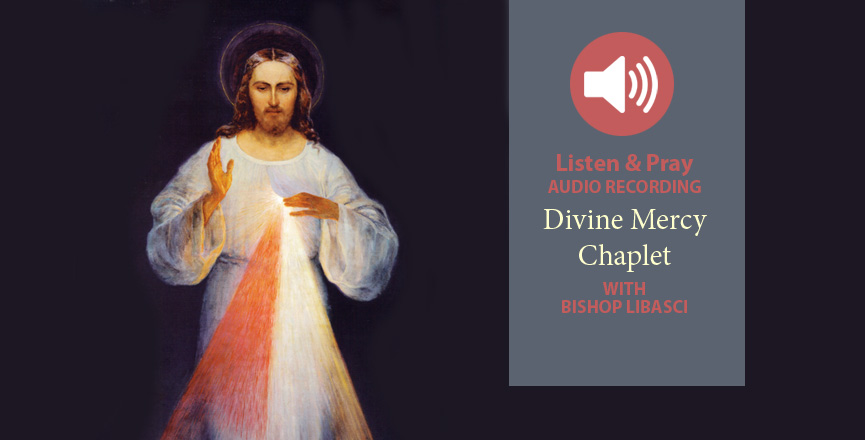
Home » Worship/Sacraments » Our Faith » Liturgical Celebrations » Divine Mercy
Divine Mercy
Background
In the 1930s, Jesus chose a humble Polish nun, St. Maria Faustina Kowalska, to receive private revelations concerning Divine Mercy that were recorded in her Diary. Pope Saint John Paul II explains:
This was precisely the time when those ideologies of evil, nazism and communism, were taking shape. Sister Faustina became the herald of the one message capable of off-setting the evil of those ideologies, that fact that God is mercy—the truth of the merciful Christ. And for this reason, when I was called to the See of Peter, I felt impelled to pass on those experiences of a fellow Pole that deserve a place in the treasury of the universal Church.
~ Pope Saint John Paul II, Memory and Identity (2005)
The message of mercy is that God loves us — all of us — no matter how great our sins. He wants us to recognize that His mercy is greater than our sins, so that we will call upon Him with trust, receive His mercy, and let it flow through us to others.
The Chaplet of Divine Mercy
The Chaplet was also given to St. Faustina with this promise: “Encourage souls to say the chaplet which I have given you” (Diary, no. 1541). “Whoever will recite it will receive great mercy at the hour of death. … Even if there were a sinner most hardened, if he were to recite this chaplet only once, he would receive grace from My infinite mercy. I desire that the whole world know My infinite mercy” (Diary, no. 687).
Listen and Pray with Bishop Libasci
Instructions for Reciting the Divine Mercy Chaplet
The Divine Mercy Novena
Nine days starting on Good Friday until Divine Mercy Sunday.
Jesus asked that the Feast of the Divine Mercy be preceded by a Novena to the Divine Mercy which would begin on Good Friday. He gave St. Faustina an intention to pray for on each day of the Novena, saving for the last day the most difficult intention of all, the lukewarm and indifferent.
Learn more about the Divine Mercy Novena
Divine Mercy Sunday
On May 5, 2000, five days after the canonization of St. Faustina, the Vatican decreed that the Second Sunday of Easter would henceforth be known as Divine Mercy Sunday.
Readings for Sunday, April 7, 2024
More about Divine Mercy Sunday (USCCB)
About the Image
Jesus appeared to St. Faustina in a vision, with his right hand raised in a blessing and his left touching his garment above his heart. Red and white rays emanate from his heart, symbolizing the blood and water that was poured out for our salvation and our sanctification. The Lord requested that “Jesus, I trust in You” be inscribed under his image. Jesus asked that his image be painted and venerated throughout the world: “I promise that the soul that will venerate this image will not perish” (Diary, no. 48) and “By means of this image I will grant many graces to souls” (Diary, no. 742).